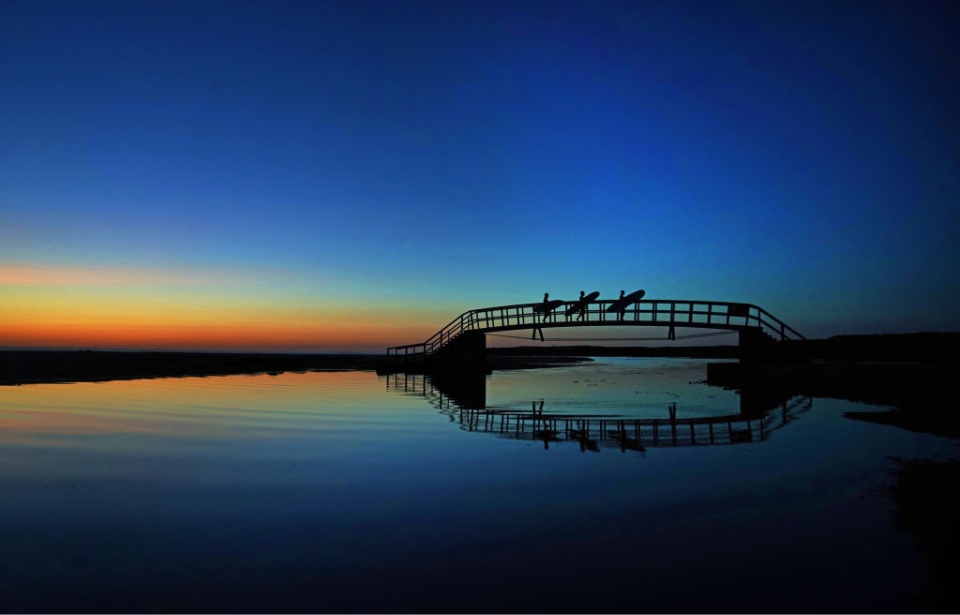Typically, bridges are used to connect pieces of land that are separated by bodies of water or large gaps in the ground. Across the world, however, there are some that lead to nowhere, coming to an end at the seemingly worst place imaginable. For some, this is the result of wear and tear or severe weather, while others were abandoned mid-construction.
The following are just six of the most unique (and unusual) bridges to nowhere.
Nandu River Iron Bridge – Hainan, China
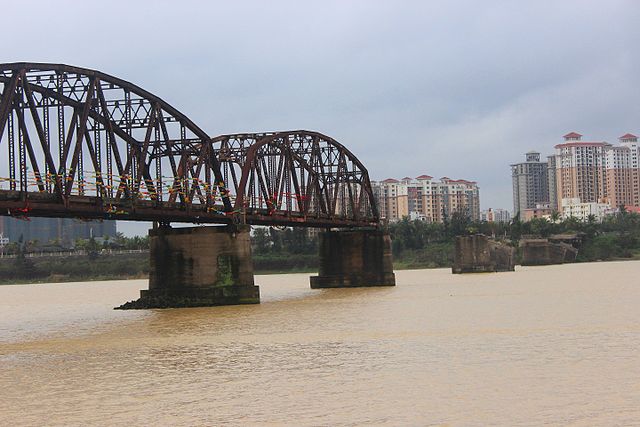
We’re starting off our list with a bridge that didn’t initially lead to nowhere. The Nandu River Iron Bridge in Haikou, Hainan, China was built by the Imperial Japanese Army during the Second Sino-Japanese War, and was open between 1942-82, with the public granted access following the Second World War.
The steel truss bridge began to show wear and tear during the 1980s, leading to its closure. In 2000, it partially collapsed into the Nandu River, due to the amount of corrosion. While many have argued it should be completely dismantled, others would like to see what’s left of the bridge remain, and it’s since become a bustling tourist attraction.
Belhaven Bridge – Dunbar, Scotland
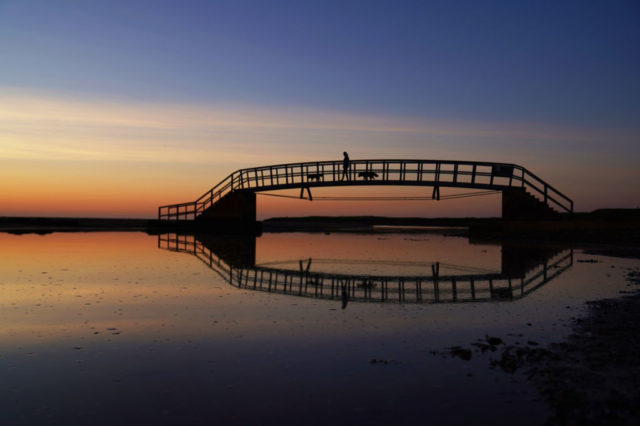
Time to add this bridge to nowhere to your list of attractions to visit the next time you’re in Scotland. Located in the Biel Water, near the village of Belhaven, this bridge is something of a spectacle because it’s actually used by local residents to cross the stream to Belhaven Bay Beach. However, that’s only possible when the tide is low.
As the tide rises, the surrounding land disappears beneath the water, giving the impression of a bridge heading nowhere. While interesting for that reason alone, what makes Belhaven Bridge a go-to tourist attraction is how beautiful the area looks at sunrise and sunset, making for some amazing photographs to look back on.
Bridge to Nowhere – Whanganui National Park, New Zealand
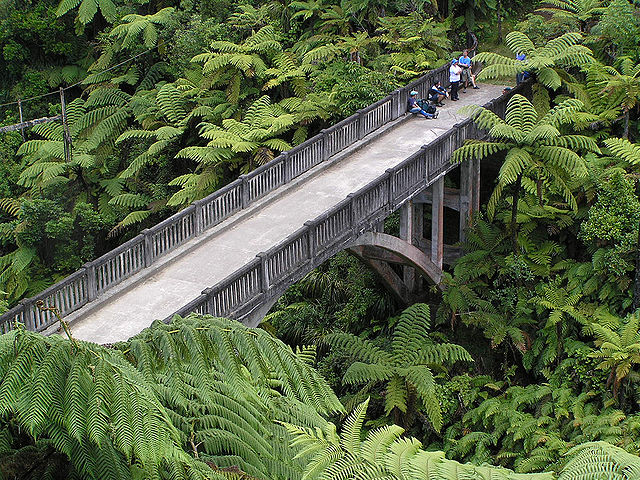
New Zealand’s bridge to nowhere is located deep within the forest of Whanganui National Park. The remote Mangapurua Valley was settled in 1919 to provide farming land to soldiers returning from World War I. To ensure access to the area, a wooden bridge was constructed and later replaced by a concrete one.
The latter was abandoned after only six years of use, and not long after those living in Mangapurua Valley left the area, citing poor soil conditions. Eventually, the forest that once thrived in the location grew back, removing all signs of habitation – except for the concrete bridge.
Foreshore Freeway Bridge – Cape Town, South Africa
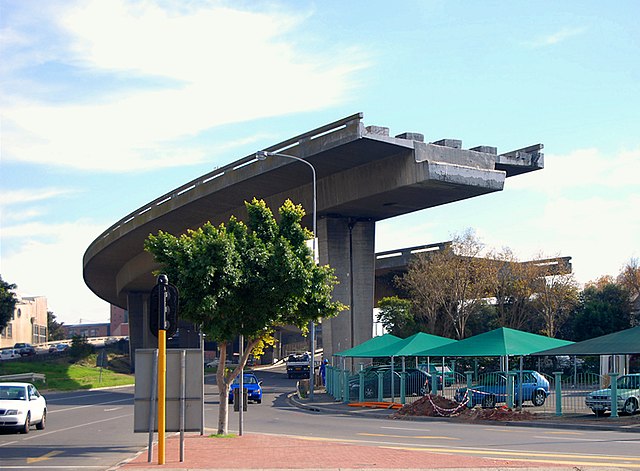
Does anything scream “urbanization” more than a freeway? Located in the heart of Cape Town, Africa is the Foreshore Freeway Bridge – better known as the Unfinished Bridge. The road was designed to allow eastern-flowing traffic to travel into the city and prevent future congestion, and while work began in the early 1970s, it was halted in 1977 due to budget constraints.
Despite decades having passed, Cape Town‘s city council has yet to decide what to do with the partially-finished freeway. Until then, it’ll remain an unexpected tourist attraction and popular movie shoot location.
Kinzua Bridge – Mt. Jewett, Pennsylvania
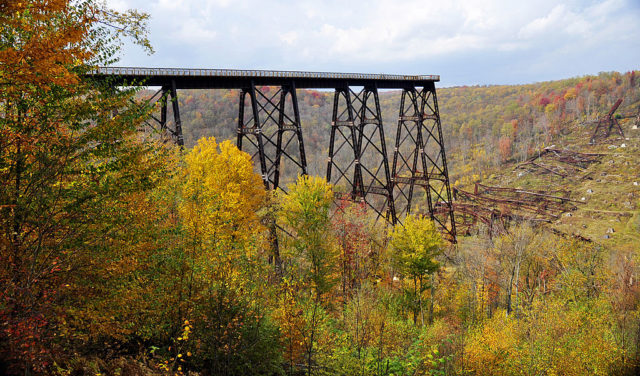
Also known as the Kinzua Viaduct, Kinzua Bridge is a railway trestle that runs over Kinzua Creek in McKean County, Pennsylvania. Well, maybe we should say “used to run over,” as a large portion of the structure collapsed during a tornado in July 2003, leaving behind a portion that looks as if it would lead trains to their doom.
At the time of its construction, the trestle was dubbed the “Eighth Wonder of the World” and made of wrought iron, before being dismantled and rebuilt with steel, to allow for heavier trains to travel over it. It remained in service until 1959, and just four years later was sold to the state to become the centerpiece of Kinzua Bridge State Park.
Pont Saint-Bénézet – Avignon, France
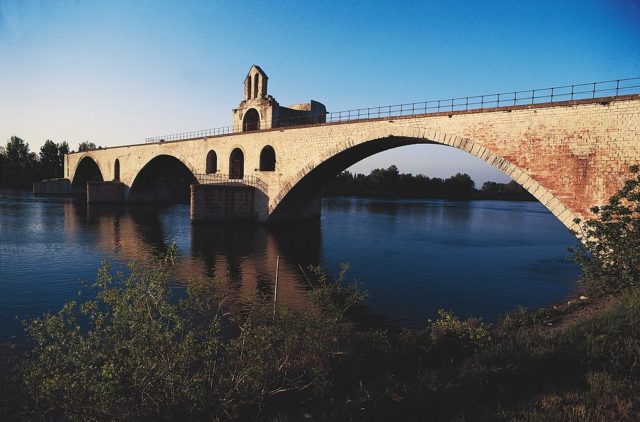
Time to get Medieval with the Pont Saint-Bénézet in Avignon, France. The bridge was originally constructed between 1177-85, but was destroyed 40 years later during the Albigensian Crusade. Efforts began in 1234 to reconstruct it out of stone arches, but the project was abandoned in the mid-17th century, as the arches collapsed every time the Rhône River flooded.
More from us: St. Joseph’s Health Centre: The Abandoned Hospital That’s Home to Canada’s Largest Mural
Listed as a UNESCO World Heritage Site, Pont Saint-Bénézet now only consists of four arches and the Philippe le Bel tower. It’s estimated that some 300,000 tourists visit the half-finished bridge each year, drawn by its history and Medieval architectural design.
